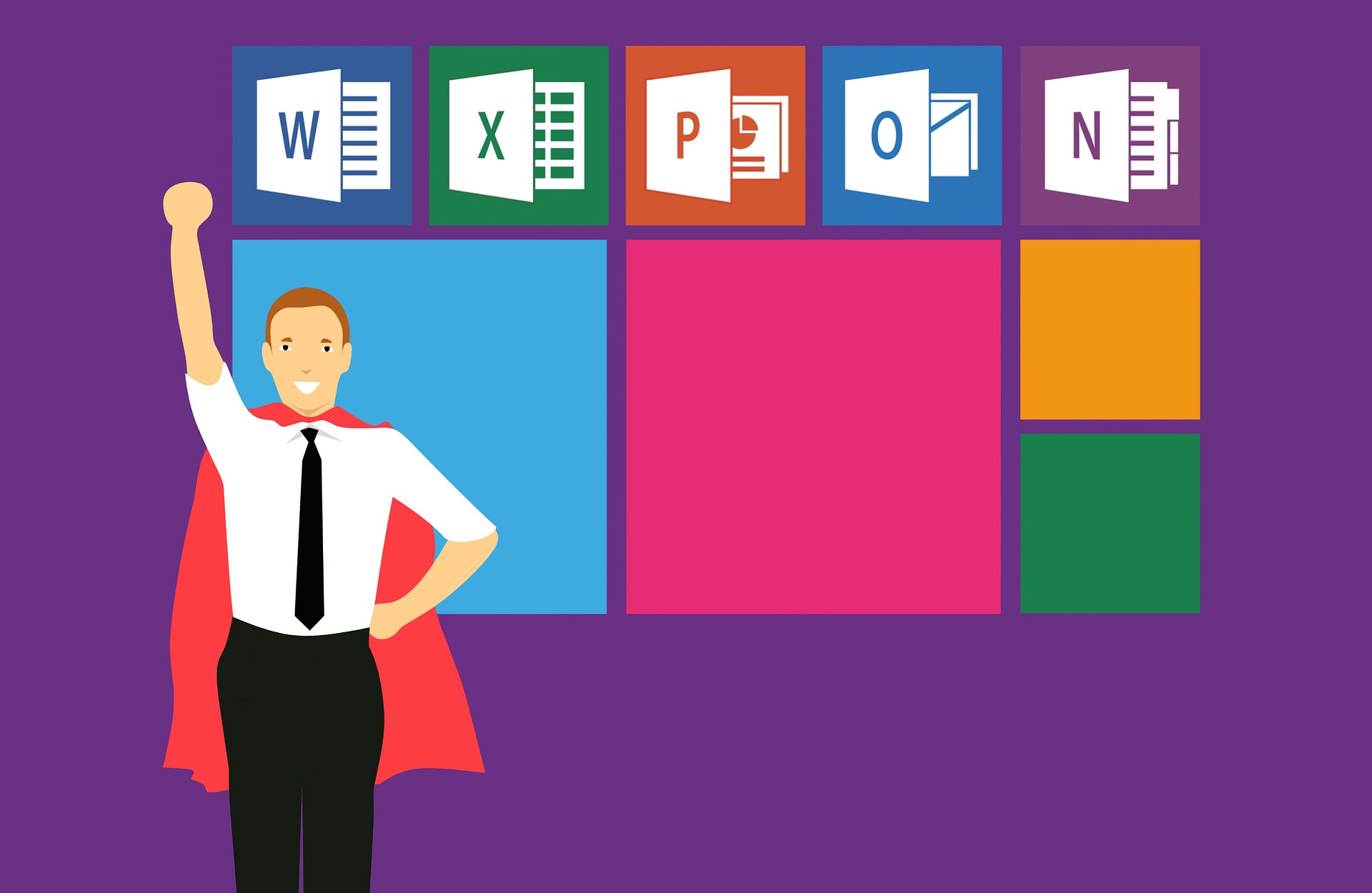
Have you ever heard of someone called Edward Tufte? Probably not.
Well, he wrote a book called ‘Beautiful Evidence’, which has an entire chapter devoted to the pervasive cognitive style of PowerPoint, which is quite worrying and certainly gets you thinking…
A subsequently published short article of his was entitled:
PowerPoint Is Evil
Power Corrupts. PowerPoint Corrupts Absolutely.
OK, so it’s a hyperbolic headline, designed to catch the eye, but whatever your take on the use of PowerPoint in the classroom is, maybe we really do need to pause for a moment and consider the impact on pupils and their learning.
Tufte argues that, rather than supplementing teaching, it has become a substitute for it.
Time for some self-reflection…
When did you last use a PowerPoint presentation? Was it in the last few hours? A few days ago? What did it contain? What purpose did it serve for your lesson? How much time did you spend preparing it? Do you think the last PowerPoint presentation you used helped your pupils learn better?
This seems like a lot of questions for a blog post but, hopefully, it has certainly got you thinking.
Covering, not teaching?
PowerPoint is a very effective tool for deftly “covering” material.
Creating a whizz-bang PowerPoint lesson may fool us into thinking that we have taught. An extreme example of PowerPoint misuse is teachers who use PowerPoint slides as a script, merely spouting the contents of each slide, one after the other, until the presentation is finished. Implicit in this kind of behaviour is the assumption that teaching is focused on the delivery of content and that PowerPoint delivers content in a format that will naturally attract pupils’ attention. Have you noticed how the use of the terms ‘delivery’ and ‘coverage’ have subtly replaced ‘teaching’ and ‘learning’? Is PowerPoint partly to blame for this?
A one-sided approach
A presentation is, by nature, one-sided. Over-simplification can result in a reductionist approach to teaching, phasing out important experiential learning and spontaneous activity and discussion. Without built-in opportunities for interaction, PowerPoint can reduce the opportunity for classroom interaction by becoming the primary method of imparting information. This can lead to information overload, with little opportunity for practical application or active learning. PowerPoint often drives the instruction, minimising interaction, creativity and spontaneity.
This, in turn, culminates in a disregard for the most important rule when speaking: focus on your audience!
The substitute teacher
Beware! Creating a PowerPoint is not the same as planning a lesson. It doesn’t take into account the fact that differentiation naturally takes place through interaction; it doesn’t recognise each unique class dynamic. When the PowerPoint is ‘just there’, there is a tendency for teachers to simply work through it, with little or no advance preparation.
How many pupils are often experiencing a diet of five hours of PowerPoint in a day? Combine this with the amount of screen time they are experiencing outside the classroom, are we not exacerbating a growing problem?
Best use
There is nothing wrong with using presentations that are rich with images, videos, diagrams and maps. There is nothing wrong with choosing to use PowerPoint when it is clearly the best way, in a particular context, of sharing a piece of text or a poem. There is nothing wrong with presentations that feature questions rather than answers.
Just remember – challenging pupils to think hard is what leads to the most effective learning. This comes through ‘teaching’ not ‘covering’.









